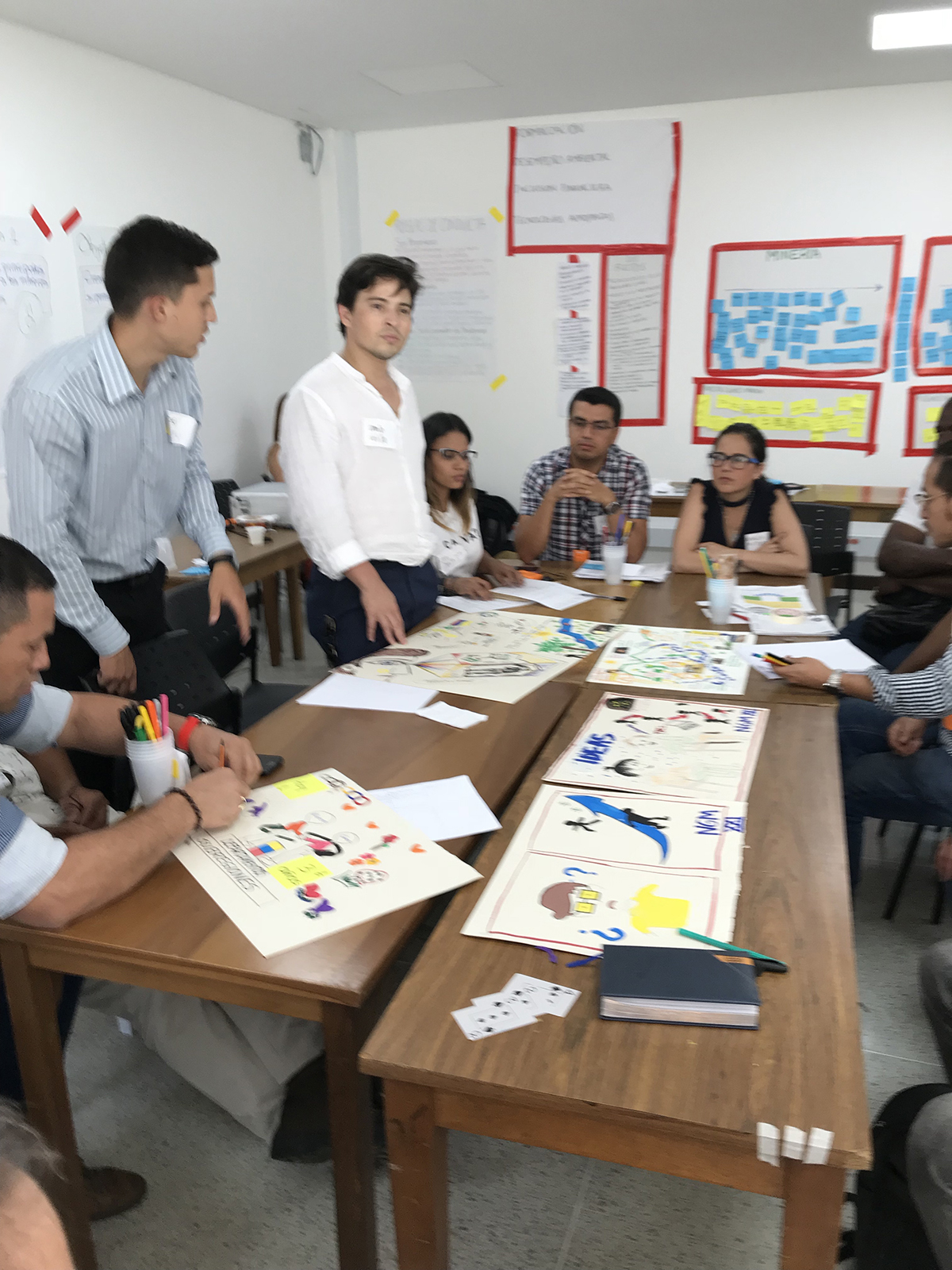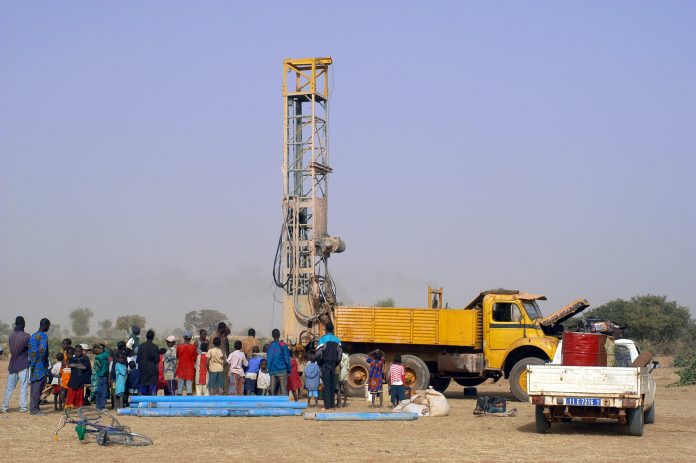The Humanitarian Engineering Program at the Colorado School of Mines teaches engineers to work as partners with society
Technological and scientific progress in recent history has been remarkable. Yet, even today as many as two of every seven people on the planet do not have daily access to clean, safe toileting facilities. Social progress, as measured in terms of equal access to quality of life and opportunity has not kept pace with technology and science. While this dilemma is multi-faceted, it is a fair criticism that engineers have not done as much as they could have to live into the personal and professional obligations codified in their various Codes of Ethics. For example, the ASME Code of Ethics of Engineers, says engineers should use “…their knowledge and skill for the advancement of human welfare.” This is a strong imperative and, clearly, we can do better.
Dichotomy: Technical versus societal context
Arguably, one reason for this dichotomy is the reductionist approach used in education. It is common that social topics (and political, economic, cultural, environmental, etc.) are treated separately from technical topics. In particular, students in engineering education are typically presented with a sequence of discrete, and presumed neutral, analytic skills1. Further, the context in which these skills are applied to problems is viewed at best as a constraint and as distinct from their disciplinary knowledge. This can result in engineers for whom values are seen as theoretical and separated from practice. As a result, students may believe that they can contribute equally to any social outcome by simply plugging in the constraints of the problem and then “designing the solution.” However, experience in practice makes it clear that the technical and the societal contexts of large, complex problems are not neatly separated. Indeed, the “wicked” problems noted in the UN Sustainable Development Goals, (poverty, hunger, sanitation, climate change, and more) ultimately require an integrated knowledge of the relationship of technology with society and the environment.
To address the complex global challenges of our world we must move away from a reductionist approach to engineering education and to an integrative education that addresses the context of all stakeholders and produces socially responsible engineers and scientists.
Humanitarian Engineering: Beyond reductionism
At the Colorado School of Mines (Mines), our Humanitarian Engineering Program (HE) seeks to overcome the technical versus the social dichotomy inherent in engineering education. The HE Program at Mines was established in 2003 as one of the first such programs in the United States. Today HE at Mines is a vibrant focal point for education, research, outreach, and engagement that advances socially- and environmentally-responsible engineering.
Humanitarian Engineering teaches engineers to work with and within society to co-create just, socially- and environmentally-responsible solutions to the world’s problems.
Academic programming in HE includes two minors, a design-oriented, interdisciplinary undergraduate degree with HE-related focus areas, a post-bachelor certificate, and a master’s degree. In all these degree options students can focus on one of two primary, but related, thrusts: Engineering for Community Development and Leadership in Social Responsibility (see box below). Regardless of the thrust, HE students develop the mindset of a socially-responsible engineer through coursework and project-based learning led by faculty from across the university.
Engineering for Community Development – This thrust focuses on motivations, theory, and skills for engineers in community development. Students in this thrust often choose careers with NGOs.
Leadership in Social Responsibility – This thrust explores the role of engineers in the intersection of corporations and communities.

The “Mines Model” for HE and socially-responsible engineers
An important component in both HE thrusts is community engagement. Over time, the HE program at Mines has developed a framework for what it means to be a socially-responsible engineer and to engage with the community. For instance, HE Director of Undergraduate Programs Juan Lucena has developed criteria to guide projects for Engineering in Community Development (see Fig. 1). These criteria include consideration of local economic diversity, political self-reliance of communities, reduction and reuse of energy and materials in locality, enhancement of biodiversity and careful stewardship of natural resources, and social justice2.
The Leadership in Social Responsibility thrust, led by Director of the HES Graduate Program, Jessica Smith, teaches students to navigate multiple and sometimes competing notions of social responsibility that come from global performance standards (e.g., the Global Reporting Initiative, World Bank/IFC performance standards, etc.), professional codes, employer corporate social responsibility programs, expectations from communities, “the public,” and other stakeholders affected by their work.
More recently, work by Lucena and Smith has begun to define elements of socially-responsible engineering3. These include:
- Understanding structural conditions and power differentials among specific project stakeholders.
- Contextually listening to all stakeholders, especially those who are marginalised, to understand their worldview and grasp their needs, desires, and fears.
- Collaboratively identifying opportunities and limitations of creating shared social, environmental, and economic value for all stakeholders, especially those who are marginalised.
- Adapting engineering decision-making to promote those shared values, acknowledging situations in which this is not possible and engineering projects should not move forward.
- Collaboratively assessing activities and outcomes with all stakeholders.
Research and more in HE
The curriculum is only part of the HE story at Mines. A strong community of faculty and students works together on research, outreach, and engagement. Students lead clubs such as Mines without Borders and Socially Responsible Scientists and Engineers. The research includes a high-profile, high-impact NSF PIRE program called Responsible Mining, Resilient Communities, which is setting the bar in how artisanal gold mining is practised sustainably and accepted (for more information on this exciting project see https://rmrc.mines.edu/).
At Mines we believe Humanitarian Engineering is “engineering as it should be!” Join us at: humanitarian.mines.edu
References
- Nieusma, D., (2015) “Analyzing Context by Design.” In Int. Perspectives on Eng. Education. Springer.
- Lucena, J., Schneider J., and Leydens, J., (2010) Engineering and Sustainable Community Development, Morgan & Claypool Publishers.
- Smith, J. and Lucena, J., (2021) “Socially Responsible Engineering,” in Routledge Handbook of Philosophy of Engineering.
Please note: This is a commercial profile











